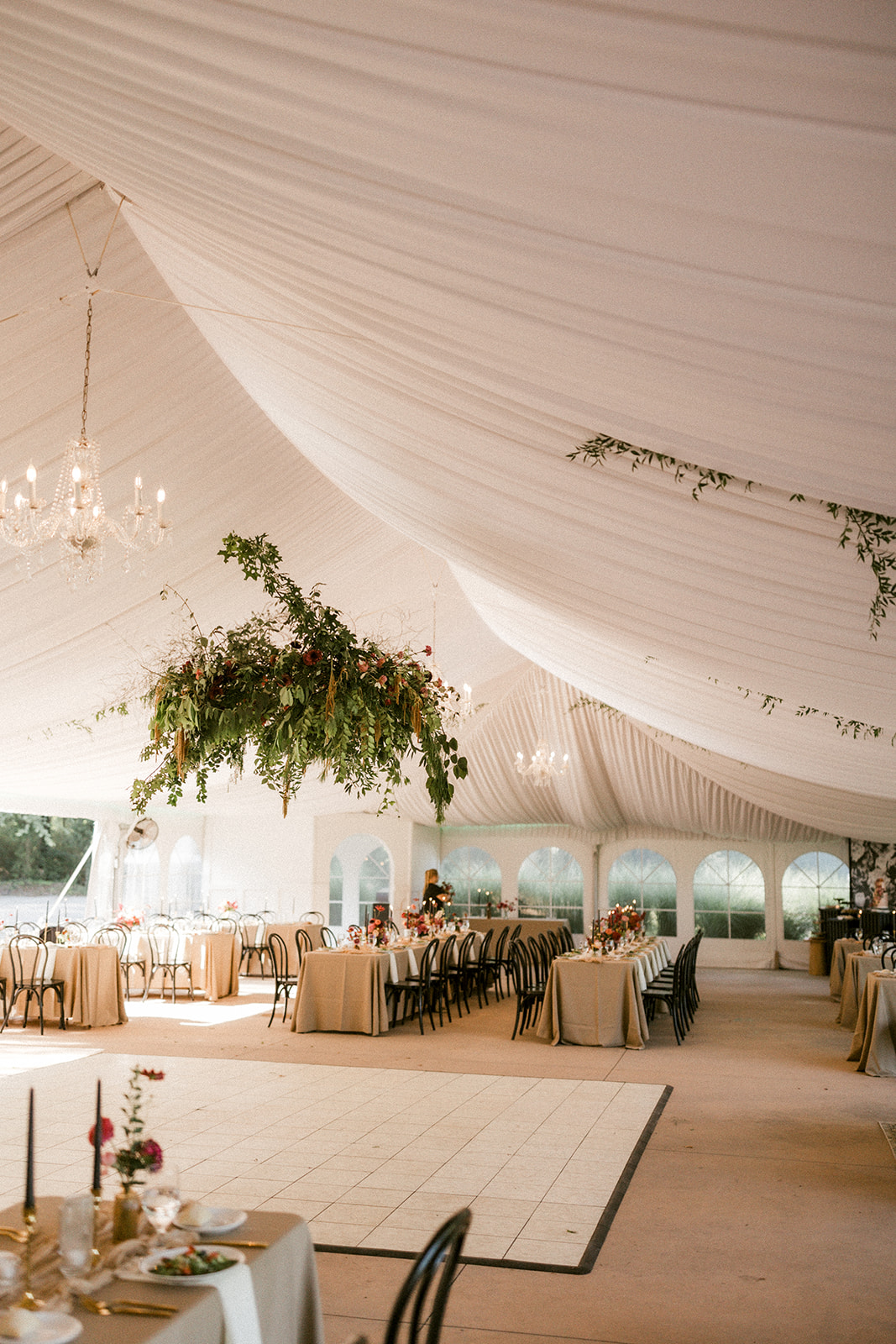Cutting-edge Design Movements Shaping the Prospects of Interactive Light Emitting Diode Dance Floors
Cutting-edge Design Movements Shaping the Prospects of Interactive Light Emitting Diode Dance Floors
Blog Article
Interactive light-emitting diode dancing floors are progressively popular in multiple entertainment locations, including dance clubs, musical events, and events. These floors utilize advanced tech to generate vibrant lighting showcases that respond to music and motion. As technology continues to advance, several innovative design trends are influencing the future of these interactive dancing surfaces. These trends not only enhance the aesthetic experience but also improve participant engagement and create a more engaging atmosphere for performers and audiences alike.
One notable pattern in responsive LED dance surfaces is the integration of intelligent tech. Many new models incorporate sensors that detect movement and modify the illumination accordingly. This implies that the floor can alter colors, designs, and effects based on how numerous people are moving and their location they are located. This reactivity creates a lively setting that encourages participation and enthusiasm. Additionally, some designs enable users to manage the lighting through smartphone apps, providing them the power to customize their experience in the moment.
Another important pattern is the use of eco-friendly materials and power-saving technology. As ecological concerns increase, many designers are concentrating on developing light-emitting diode dance floors that are not only visually stunning but also sustainable. This includes utilizing recycled resources for the floor's building and implementing power-efficient LED lights. These advancements assist reduce the environmental footprint of gatherings while still providing a mesmerizing visual encounter. By prioritizing eco-friendliness, designers are attracting to a more ecologically conscious crowd.
The incorporation of enhanced virtual reality (AR) is also transforming the responsive dance surface experience. AR technology enables users to view virtual images and visuals overlaid on the physical world through their mobile devices or AR glasses. This can improve the dance floor encounter by adding digital components that interact with the real space. For example, dancers might witness animated figures or visual displays that respond to their actions, creating a unique and captivating atmosphere. This pattern is particularly attractive to younger crowds who are accustomed to digital interactions in their everyday activities.
Furthermore, the design of responsive LED dance surfaces is becoming more versatile and modifiable. Many new models can be readily installed in various settings, from temporary gatherings to permanent setups. This adaptability allows locations to develop customized experiences that address to various themes and crowds. Some models even feature interchangeable parts that can be rearranged to form varied shapes and arrangements. This flexibility not only enhances the visual attractiveness but also allows visit the website for creative design in gathering planning.
In conclusion, the future of responsive LED dance floors is being influenced by innovative design patterns that concentrate on innovation, sustainability, enhanced virtual reality, and versatility. These advancements are creating more engaging and captivating experiences for participants, establishing dance floors a key feature of recreational locations. As these trends continue to advance, they will likely redefine how individuals interact with music and motion, guaranteeing that responsive LED dance floors stay a favored choice for gatherings and festivities.